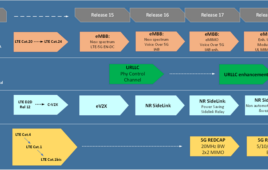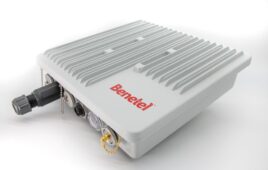BlackBerry’s QNX today announced a new release of its software platform for medical devices.
According to a press release, QNX OS for Medical 1.1 complies with standards for medical software life cycle processes and is designed to help manufacturers reduce the cost of developing robotic surgical instruments, patient monitoring systems, infusion pumps, blood analysis systems, and other safety-critical products that must pass stringent regulatory approval.
The QNX OS for Medical 1.1 is based on QNX OS technology field-proven in an array of systems for angiography, proton therapy, laser eye surgery, hemodynamic monitoring, and other critical healthcare applications.
The OS supports both single-core and multi-core devices based on ARMv7 and Intel x86 processors, and it offers API compatibility with other members of the QNX OS family, enabling a high degree of software re-use.
QNX has been seen as one of the few remaining parts of BlackBerry with promise. The QNX platform powers the large majority of in-car systems. It’s also at the root of both Apple’s CarPlay and Google’s Android Auto.
Back in April, BlackBerry announced an investment in healthcare IT provider NantHealth. The companies intend to collaborate on the development of HIPAA and other government privacy certified, integrated clinical systems. Use of QNX is a big part of that collaboration and could drive the technology into more hospitals.




